In a market flooded with various types of shoes, the distinction between real leather shoes and their fake counterparts can sometimes be challenging for consumers. This comprehensive article aims to shed light on the differences between real leather shoes and fakes, providing readers with the knowledge they need to make informed decisions when purchasing footwear. Section 1: Understanding Real Leather Shoes Real leather shoes are crafted from genuine animal hides, which undergo a tanning process to transform raw hides into a durable and flexible material. This process helps preserve the leather’s natural properties, such as breathability, water resistance, and longevity. One key aspect that differentiates real leather from fake is the distinctive aroma of genuine leather, which is often appreciated by shoe connoisseurs. 1.1 Types of Real Leather There are several types of real leather commonly used in shoe manufacturing: 1. Full-Grain Leather: This is the highest quality leather, sourced from the top layer of the hide. Full-grain leather maintains its natural texture and grain, making it highly resistant to wear and tear.
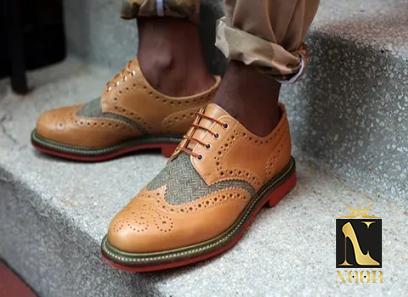
.
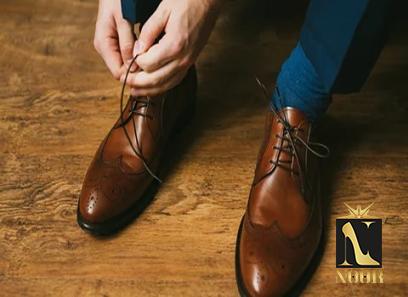 2. Top-Grain Leather: This is a slightly lower grade than full-grain leather due to minor corrections applied to the surface during the tanning process. However, top-grain leather still possesses excellent durability and a natural appearance. 3. Split Leather: Sourced from the lower layers of the hide, split leather is slightly less durable and has a rougher texture. It is often used in the production of suede shoes. Section 2: Identifying Fake Leather Shoes While real leather shoes boast numerous advantages, fake leather alternatives attempt to imitate their appearance and texture at a lower price point. However, there are telltale signs that can help consumers differentiate between genuine and fake leather shoes. 2.1 Examination of Texture and Grain Fake leather shoes often lack the natural textures and grain patterns found in real leather. While these imitations might look convincing at first glance, surfaces with inconsistent patterns or unrealistic smoothness may indicate the use of synthetic materials.
2. Top-Grain Leather: This is a slightly lower grade than full-grain leather due to minor corrections applied to the surface during the tanning process. However, top-grain leather still possesses excellent durability and a natural appearance. 3. Split Leather: Sourced from the lower layers of the hide, split leather is slightly less durable and has a rougher texture. It is often used in the production of suede shoes. Section 2: Identifying Fake Leather Shoes While real leather shoes boast numerous advantages, fake leather alternatives attempt to imitate their appearance and texture at a lower price point. However, there are telltale signs that can help consumers differentiate between genuine and fake leather shoes. 2.1 Examination of Texture and Grain Fake leather shoes often lack the natural textures and grain patterns found in real leather. While these imitations might look convincing at first glance, surfaces with inconsistent patterns or unrealistic smoothness may indicate the use of synthetic materials.
..
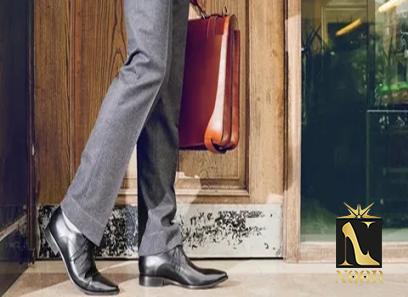 2.2 Flexibility and Softness Real leather shoes have a characteristic suppleness that allows for easy bending, while fake leather shoes may feel stiff and lack pliability. When bending the shoe, genuine leather will gently fold, while fake leather might create a crease or wrinkle that does not quickly disappear. 2.3 Price and Labeling Though not foolproof, price and labeling can provide clues about the authenticity of leather shoes. Genuine leather footwear generally carries a higher price tag due to the higher material and production costs. Additionally, products that explicitly state they are made from synthetic materials are most likely not genuine leather. Section 3: Practical Tips for Spotting Fake Leather Shoes To further assist consumers in their quest for authentic leather shoes, here are some practical tips to detect fake alternatives: 3.1 Inspect the Edges and Seams Real leather shoes usually have smooth and clean edges, as well as neatly stitched seams. Fakes can exhibit rough edges and sloppy stitching, indicating lower attention to detail during manufacturing. 3.2 Check for Imperfections Genuine leather might possess minor imperfections, such as scars or natural marks, which are absent in synthetic materials. These imperfections contribute to the uniqueness and authenticity of real leather shoes.
2.2 Flexibility and Softness Real leather shoes have a characteristic suppleness that allows for easy bending, while fake leather shoes may feel stiff and lack pliability. When bending the shoe, genuine leather will gently fold, while fake leather might create a crease or wrinkle that does not quickly disappear. 2.3 Price and Labeling Though not foolproof, price and labeling can provide clues about the authenticity of leather shoes. Genuine leather footwear generally carries a higher price tag due to the higher material and production costs. Additionally, products that explicitly state they are made from synthetic materials are most likely not genuine leather. Section 3: Practical Tips for Spotting Fake Leather Shoes To further assist consumers in their quest for authentic leather shoes, here are some practical tips to detect fake alternatives: 3.1 Inspect the Edges and Seams Real leather shoes usually have smooth and clean edges, as well as neatly stitched seams. Fakes can exhibit rough edges and sloppy stitching, indicating lower attention to detail during manufacturing. 3.2 Check for Imperfections Genuine leather might possess minor imperfections, such as scars or natural marks, which are absent in synthetic materials. These imperfections contribute to the uniqueness and authenticity of real leather shoes.
…
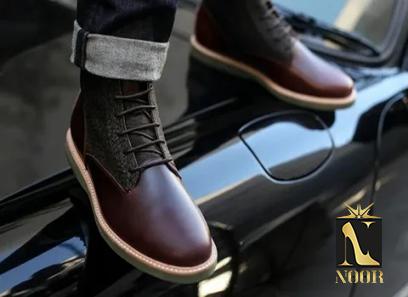 3.3 Perform a Water Test Water drops applied to real leather typically bead up and slide off the surface due to its natural water resistance, while fake leather tends to absorb the water. However, caution must be exercised to avoid damage to the leather, especially if it is unfinished or low-quality. Section 4: Reasons to Choose Real Leather Shoes 4.1 Longevity and Durability Real leather shoes are renowned for their durability and longevity, often outlasting their synthetic counterparts by years. Investing in genuine leather shoes ultimately saves money in the long run since frequent replacements are unnecessary. 4.2 Breathability and Comfort Leather possesses natural breathability, allowing air circulation to keep feet comfortable and prevent excessive sweating. Fake leather shoes are often less breathable, leading to discomfort and an increased likelihood of foot-related issues like blisters and odors. 4.3 Sustainable Choice Opting for real leather shoes promotes sustainability. Leather is a byproduct of the meat industry, ensuring that animals are not raised solely for hide production. Additionally, leather is biodegradable, thus reducing its environmental impact compared to synthetic materials. Conclusion: When it comes to purchasing shoes, understanding the differences between real leather and fake alternatives is essential. Genuine leather shoes offer unparalleled quality, durability, and comfort, while synthetic imitations can be cheaper but lack the same longevity and authenticity. Armed with the knowledge provided in this article, consumers can make informed decisions, ensuring their investment in footwear suits their needs and preferences.
3.3 Perform a Water Test Water drops applied to real leather typically bead up and slide off the surface due to its natural water resistance, while fake leather tends to absorb the water. However, caution must be exercised to avoid damage to the leather, especially if it is unfinished or low-quality. Section 4: Reasons to Choose Real Leather Shoes 4.1 Longevity and Durability Real leather shoes are renowned for their durability and longevity, often outlasting their synthetic counterparts by years. Investing in genuine leather shoes ultimately saves money in the long run since frequent replacements are unnecessary. 4.2 Breathability and Comfort Leather possesses natural breathability, allowing air circulation to keep feet comfortable and prevent excessive sweating. Fake leather shoes are often less breathable, leading to discomfort and an increased likelihood of foot-related issues like blisters and odors. 4.3 Sustainable Choice Opting for real leather shoes promotes sustainability. Leather is a byproduct of the meat industry, ensuring that animals are not raised solely for hide production. Additionally, leather is biodegradable, thus reducing its environmental impact compared to synthetic materials. Conclusion: When it comes to purchasing shoes, understanding the differences between real leather and fake alternatives is essential. Genuine leather shoes offer unparalleled quality, durability, and comfort, while synthetic imitations can be cheaper but lack the same longevity and authenticity. Armed with the knowledge provided in this article, consumers can make informed decisions, ensuring their investment in footwear suits their needs and preferences.
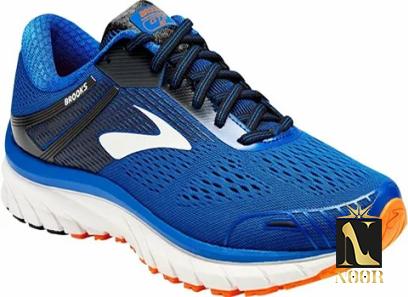
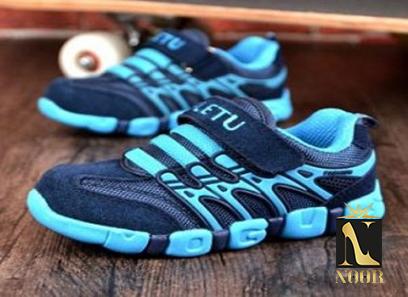
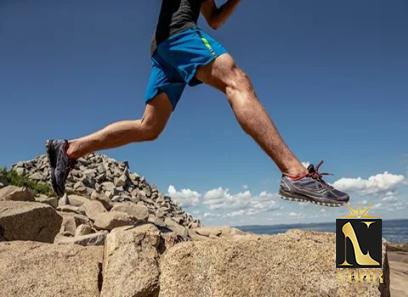


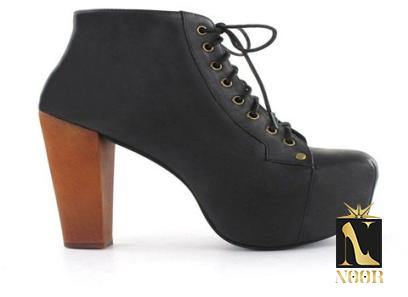
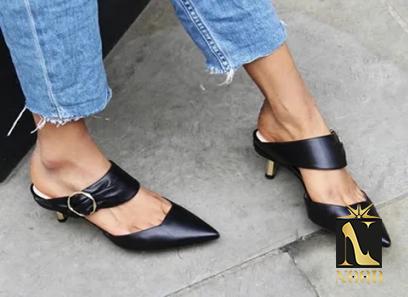
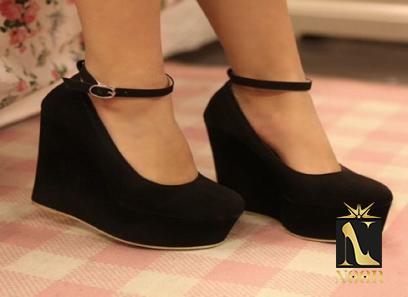

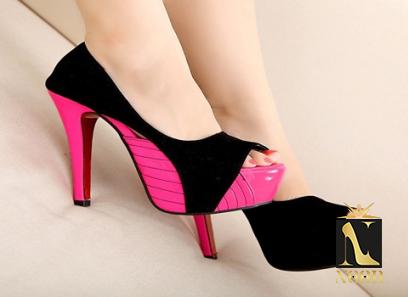
Your comment submitted.